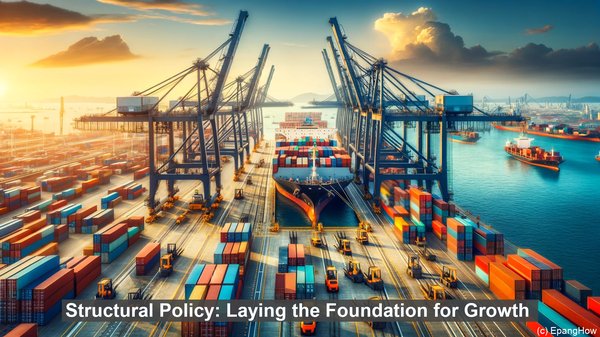Introduction: The Dual Objectives of Economic Policy
Hello, everyone! When it comes to managing an economy, policymakers often have two primary goals: ensuring long-term growth and stability, while also addressing short-term fluctuations. This is where structural policy and cyclical policy come into play. While both are crucial, they differ significantly in their focus and strategies. Let’s dive deeper!

Structural Policy: Laying the Foundation for Growth
Structural policy is all about creating a solid foundation for an economy’s long-term growth. It involves implementing measures that enhance the fundamental drivers of economic activity, such as labor productivity, innovation, and competitiveness. For instance, investing in education and skills development can equip the workforce with the capabilities needed to thrive in a rapidly evolving job market. Similarly, fostering an environment conducive to entrepreneurship and innovation can spur technological advancements and create new business opportunities.
Cyclical Policy: Navigating the Economic Waves
Unlike structural policy, which has a long-term focus, cyclical policy is geared towards managing the short-term ups and downs of an economy. It aims to mitigate the impact of economic fluctuations, such as recessions or booms, by adjusting various macroeconomic factors. One of the key tools in the cyclical policy toolkit is monetary policy, which involves managing interest rates and the money supply to influence borrowing, spending, and investment. Fiscal policy, on the other hand, entails government spending and taxation decisions that can either stimulate or dampen economic activity.
Complementary Roles: Structural and Cyclical Policy in Action
While structural and cyclical policies have distinct objectives, they are not mutually exclusive. In fact, they often work hand in hand. Consider a scenario where an economy is experiencing a downturn. Cyclical policy measures, such as lowering interest rates or implementing stimulus packages, can provide a short-term boost. However, to ensure sustained recovery, structural policy interventions may also be necessary. For example, investing in infrastructure projects can not only create immediate jobs but also enhance a country’s long-term productivity and competitiveness.

